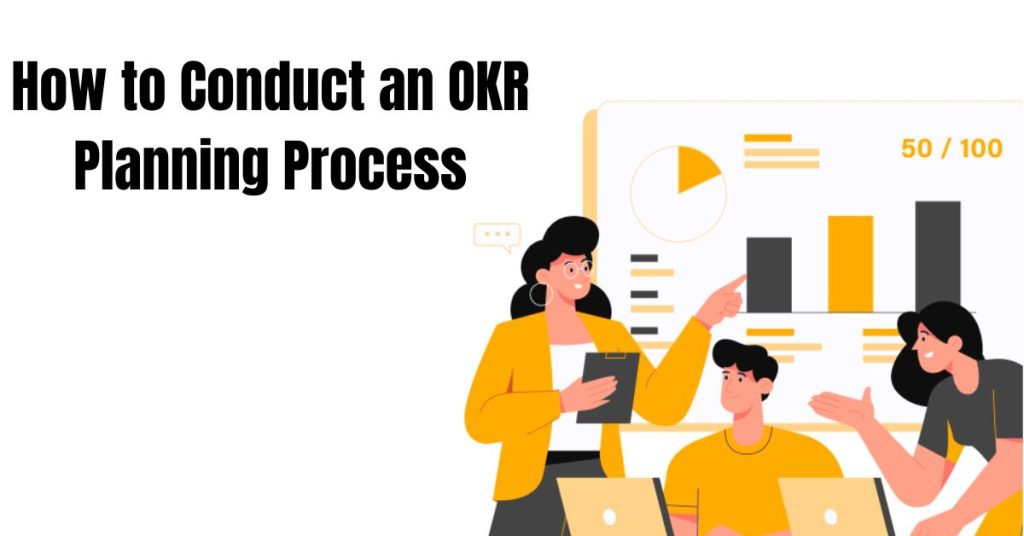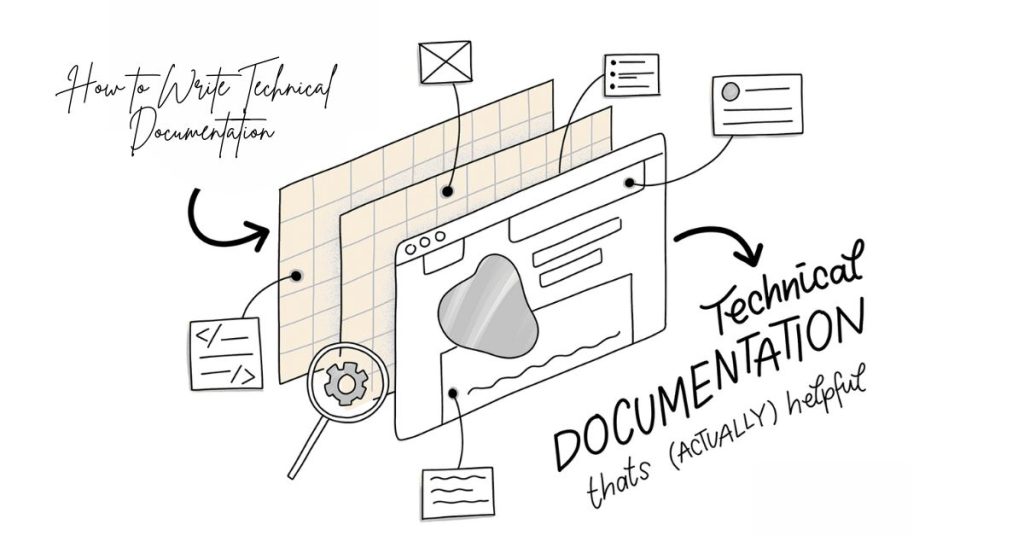Creating a robust and effective marketing playbook is one of the smartest moves a business can make. It provides clarity across teams, ensures consistency in messaging and execution, and helps scale efforts in an organized, repeatable way. In this comprehensive guide, we’ll walk you through exactly what a marketing playbook is, why it matters, the key components it should contain, a step-by-step process to build one, and finally how to keep it alive and relevant as your organization grows.
What is a Marketing Playbook?
At its core, a marketing playbook is a reference guide for marketing teams. It sits between the high-level strategic plan and the nitty-gritty tactics of everyday marketing execution. It defines not only what you want to achieve (goals), but how you’ll get there (processes, roles, channels, assets) and how you’ll measure success.
It’s different from a marketing plan in that while a plan usually focuses on specific campaigns over a defined time horizon, a playbook is more enduring—acting as the “standard operating procedure” for marketing activities. It captures best practices, processes, and workflows that allow marketing teams to operate consistently and efficiently.
Think of it like the playbook in sports: the coach hands it to the team, each player knows their role, and they know which play to call under which situation. The marketing playbook works the same way—when a new channel, campaign, or situation arises, your marketing team doesn’t need to reinvent from scratch but can follow the framework you’ve documented.
Why Build a Marketing Playbook?
There are several compelling reasons to invest the time into building and maintaining a marketing playbook:
Consistency in messaging & experience
Maintaining a consistent tone, voice, visual identity and customer experience across channels is challenging. A playbook sets the standards so everyone on the team (and new hires) know the brand’s communications guidelines and how to apply them.Operational efficiency & scalability
With documented workflows, processes, asset libraries and channel guidelines, your marketing activities can be executed faster and with fewer errors. As the team grows or scales, the playbook ensures you have a repeatable process rather than relying on ad-hoc brilliance.Alignment across strategy and tactics
The playbook bridges your overall marketing strategy (objectives, positioning, target audiences) and the actual execution (channels, assets, promotion schedules). This ensures that every tactical move aligns with your strategic goals.Improved measurement and optimization
Because a playbook sets out KPIs, triggers, milestones and responsibilities, you can track what works, what doesn’t, and refine over time. Having a structure around this from the start improves learning loops and campaign optimization.Faster onboarding & knowledge transfer
New team members don’t have to reinvent processes; they can refer to the playbook to understand how things are done, who is responsible, and how to contribute. That helps maintain momentum as you expand.
Given all these benefits, a marketing playbook is especially important for growing companies, or any organization that wants to turn marketing into a predictable, repeatable engine rather than something that feels chaotic and ad-hoc.
Key Components of a Winning Marketing Playbook
While playbooks can vary in format depending on organization size, industry, and marketing maturity, there are recurring elements that nearly all effective playbooks include. Here are the major building blocks:
1. Purpose & Goals
Start with your “why”. Why does this playbook exist? What overarching goals for marketing does it serve? What business outcomes are tied to it? Make sure the goals are specific, measurable, realistic, time-bound.
2. Target Audience / Ideal Customer Profile (ICP)
Define who you are talking to. Who is your primary audience? Secondary? Even fringe audiences? Provide key demographics, psychographics, pain-points, behaviours, motivations. This ensures your team speaks to the right people in the right way.
3. Brand Positioning & Messaging
Include your value proposition, key messages, tone of voice, brand personality, differentiators. Essentially, how you position your offering in the market and how you want your audience to perceive you.
4. Channels & Distribution Strategy
Which marketing channels will you use (e.g., email, social media, PPC, content marketing, PR, events)? For each channel, define how you’ll use it, how often, what success looks like, workflows for asset creation, approval, distribution.
5. Assets & Content Plan
What content types will you produce (blog posts, video, webinars, white papers, case studies)? Provide guidelines: formats, tone, brand compliance, review process. Link to templates if possible.
6. Roles & Governance
Who is responsible for which part of the playbook? Who creates content? Who approves it? Who distributes? Who analyses results? Define a clear chain of ownership. This reduces confusion and duplication of effort.
7. Workflows & Processes
Document how things get done: from ideation → creation → review → distribution → measurement → optimization. Include checklists, templates, deadlines, hand-over points, and trigger points.
8. Measurement & KPIs
Define what success means. For each goal, specify KPIs. For each channel or asset, clarify metrics (e.g., conversion rate, engagement, reach, cost per lead). Describe how you’ll track, report, and review results.
9. Trigger Points & Milestones
Identify key events or moments when actions need to happen: campaign launches, reviews, new product releases, holidays, market disruptions. These trigger points help keep the playbook dynamic.
10. Optimization & Updates
The playbook isn’t static. Include guidelines for review cycles, updating tactics, capturing learnings from campaigns, refining the playbook so it remains relevant and valuable.
Step-by-Step Guide to Create Your Marketing Playbook

Now that you know what goes in it, here’s how you can build one in practical steps:
Step 1: Gather internal stakeholders & align
Bring together marketing leadership, content, channel managers, data/analytics, perhaps sales. Clarify the purpose of the playbook: what problem are you solving? What business outcomes are you driving?
Step 2: Conduct a marketing audit
Before you document best-practices, understand where you stand. What are your current marketing activities? Which channels work? Where are the gaps? Who is doing what? What assets exist? What processes are manual or inconsistent? An audit gives you baseline data and highlights opportunities.
Step 3: Define your goals and success metrics
Based on your audit and business strategy, set clear marketing goals. For example: increase brand awareness by X % in Y months; generate Z new leads per quarter; increase customer retention by A %. Then tie each to measurable KPIs.
Step 4: Map your audience(s)
Create buyer personas/ICP. Define demographics, behavioural traits, pain-points, motivators, the customer journey. Identify primary, secondary, and maybe fringe audiences. The more clarity you have here, the more targeted your messaging and tactics will be.
Step 5: Define positioning, messaging, brand guidelines
Document how you want your brand seen. What is your unique value proposition? What tone and personality do you use? Are there visual guidelines, logos, color palettes, typography? Articulate key messages for different audiences.
Step 6: Choose channels and create your content strategy
Select the channels where your audience is, where you have strengths, and where business goals can be achieved. For each channel, define:
What you’ll do (e.g., weekly blog, monthly webinar, daily social posts)
Who owns it
How content will be approved and published
How you’ll promote it
What assets you’ll use
How you’ll repurpose content across channels
Step 7: Create workflows, templates and asset libraries
Document the path from idea to execution: brainstorm → script/story → design → review → publish → promote → measure. Create checklists or flowcharts. Provide templates for repetitive assets (email campaigns, social posts, landing pages).
Step 8: Assign roles and responsibilities
Clarify who does what: content creator, editor, designer, channel manager, analytics. Identify decision-makers and approvers. This avoids duplication and miscommunication.
Step 9: Set milestones and trigger points
Insert calendar items: campaign launches, product updates, holidays, reviews, budget cycles. Trigger points help everyone know when to act. For example: “One month before product launch: create teaser campaign, brief social, design landing page.”
Step 10: Define measurement and reporting
For each goal, channel, asset type define KPIs (e.g., blog traffic, email open rate, conversion rate, cost per lead). Choose tools and dashboards. Define cadence: weekly channel check-ins, monthly reviews, quarterly deep dives. Make sure analytics connect back to business outcomes.
Step 11: Build the playbook document
Pull all of the above into one structured document. Use clear headings, concise language, templates, visuals, checklists, tables. Ensure it is easy to navigate and update. Use hyperlinks or bookmarks if digital.
Step 12: Launch, train, embed
Share the playbook with the marketing team and related stakeholders. Provide training or walk-throughs so everyone understands how to use it. Encourage team members to refer to it when planning campaigns or assets.
Step 13: Review, refine and evolve
Set review intervals (quarterly, bi-annually). Solicit feedback: what’s working, what isn’t, what needs updating. Record learnings from campaigns and refine tactics, channels or processes accordingly. Treat the playbook as a “living document” rather than a static file.
Tips & Best Practices
Keep it simple and skimmable: Many users will not read every word. Use headings, bullet lists, tables, visuals, checklists. Make it easy to find the relevant section quickly.
Make it actionable: Include checklists, templates, example workflows — not just high-level theory.
Ensure clarity: Avoid ambiguity around roles, channels, responsibilities and deadlines.
Balance structure and flexibility: While the playbook provides structure, leaving some room for creativity and agility is important—marketing landscapes change.
Link to strategy: Every tactic in your playbook should map back to a strategic goal. If something doesn’t serve a goal, question its place.
Promote ownership: Encourage team members to treat the playbook as a “go to” resource—not something buried on a drive. Set expectations that it’s used and updated.
Measure and iterate: Document what happened, what worked, what didn’t. Use this intelligence to improve future plays.
Update regularly: Markets, channels, technologies evolve. Schedule reviews to update the playbook—roles shift, new channels emerge, audience behaviours change.
Scaling Your Marketing Playbook as the Organization Grows
When your business grows—new markets, more products, additional channels—the playbook must adapt. Here’s how to scale effectively:
Modularize: Keep the core playbook framework (goals, brand, roles, measurement) and add channel-specific mini playbooks (e.g., LinkedIn ads playbook, content marketing playbook) that plug into the main one.
Prioritize maintainability: Avoid making the playbook overly complex or verbose. Use an “expand as needed” approach—keep what’s essential, link to detailed resources elsewhere.
Leverage learnings: Use campaign results to refine and optimize your playbook. Identify repeatable tactics that drive results and standardize them.
Codify new channels: As you add new channels (podcasts, influencers, emerging social networks), treat them as new modules—define workflows, metrics, roles, triggers.
Ensure cross-functional alignment: With more stakeholders (e.g., global teams, regional markets, product launches), ensure the playbook reflects coordination across functions—marketing, sales, operations, product.
Keep training new team members: As head-count increases, the playbook becomes a training tool. Embed it in the onboarding process so newcomers understand how marketing “works here.”
Automate processes where possible: Use project management or marketing automation tools to implement workflows from your playbook: asset approvals, content calendars, reporting dashboards. The goal is to reduce manual effort and risk of error.
Monitor evolving KPIs: As business evolves, the key metrics may shift. A mature company might move from “leads generated” to “customer lifetime value” or “upsells per customer”. Make sure the playbook adapts accordingly.
Common Mistakes to Avoid
Creating the playbook but not enforcing or using it: It becomes shelf-ware.
Making it too long, too detailed, or too rigid: Team ignores it.
Failing to update: It becomes outdated.
Not aligning it with the business strategy: Then tactics become disconnected from business goals.
Not measuring results: You’ll lack evidence of what works and how to refine.
Lacking ownership: If no one is accountable for maintaining the playbook or driving adoption, it stagnates.
Build Powerful Marketing Playbooks Seamlessly with Corexta
A well-designed playbook streamlines your marketing operations, boosts team productivity, and keeps everyone aligned with your strategic vision.
With Corexta’s intuitive and customizable templates, you can effortlessly create a marketing playbook that defines your business goals, outlines key initiatives, and connects them to milestones, tasks, and team views.
Corexta enhances your workflow with advanced tools for goal tracking, real-time dashboards, document collaboration, and performance insights—all in one platform. Plus, you can easily integrate AI-powered task assistance to automate and optimize your team’s efforts.
Get started with Corexta today and experience a smarter, faster way to build your marketing playbook!
Final Thoughts
A well-constructed marketing playbook can transform how your marketing team operates. It brings clarity, consistency, speed, accountability, and scale. Whether you’re a small team trying to bring structure or a larger organization seeking to systematize growth, investing in a playbook is worth the effort.
Keep it practical and actionable, integrate it into your team’s daily workflows, treat it as a living document, and align it with your business goals. With those ingredients in place, you’ll set your marketing efforts up for greater efficiency, more consistent performance, and faster growth.
Read More: The Hidden Productivity Killers: What They Are and How to Overcome Them










